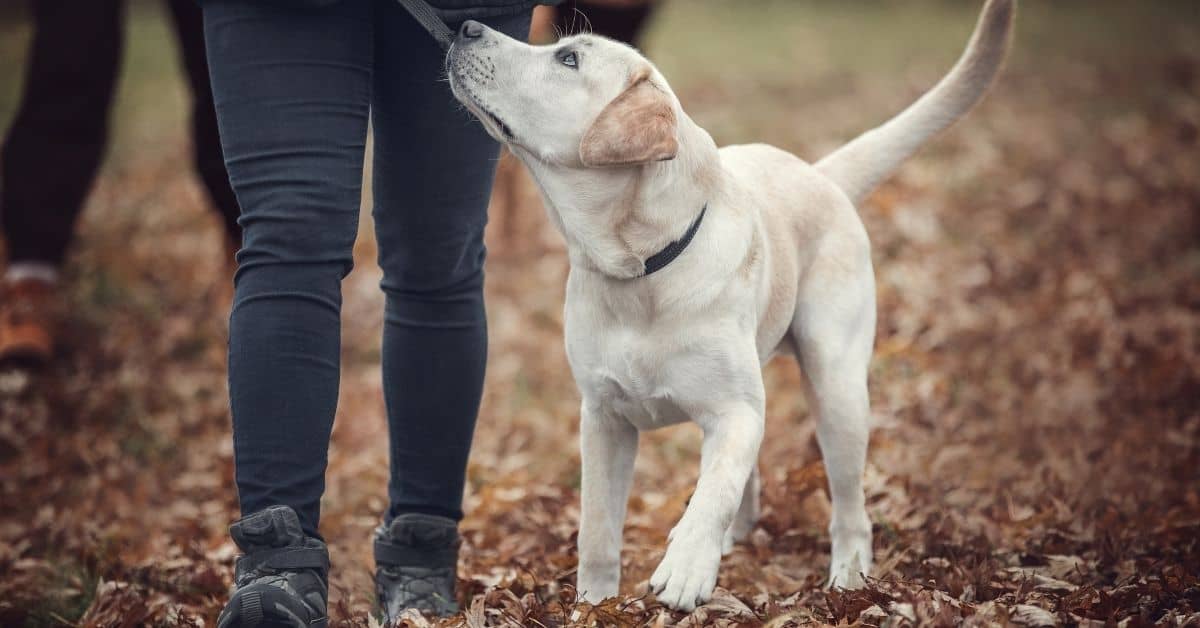There’s a magical alchemy that occurs when you decide to go beyond the standard “sit” and “stay,” delving into a world where your faithful canine companion learns to high-five, roll over, or even fetch your slippers.
It’s more than just cute party tricks.
It’s a transformative process that unlocks a new depth to your bond, a connection rooted in trust, mutual respect, and yes, even a shared sense of joy.
For those who dare to enter this rewarding journey, the benefits are immediate and life-altering.
If you’ve ever yearned for an unbreakable bond with your furry friend, or simply to see them brimming with excitement as they master a new skill, then this article is an absolute must-read.
Don’t miss out on this unique opportunity to take your relationship with your dog to a whole new level.
Read on to discover the profound power of training, and how teaching your dog new tricks can weave an intricate and lasting bond between you.
Understanding The Joy Of Training
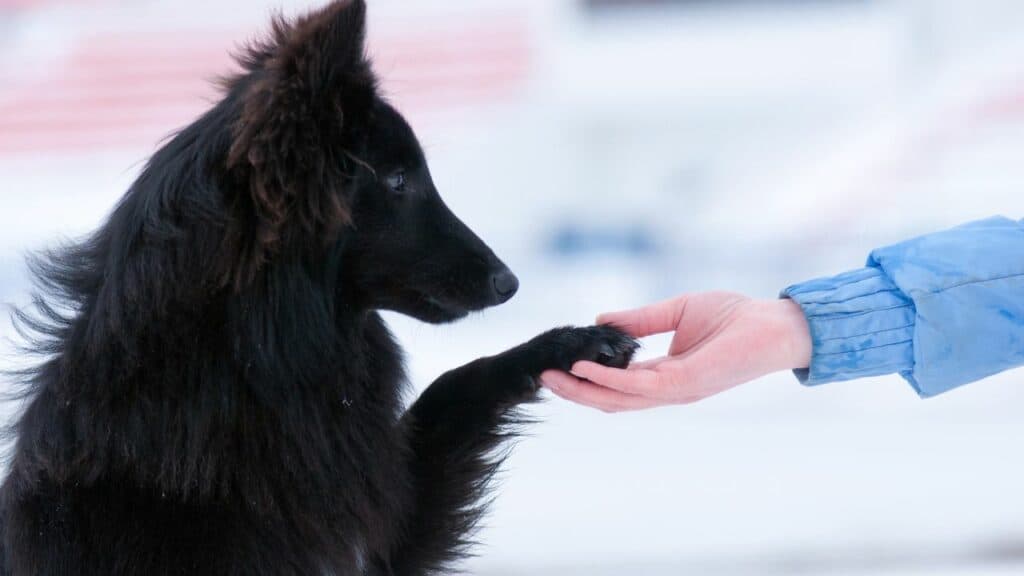
For many dog owners, the training process is a source of immense pleasure and excitement.
It’s thrilling to see your dog gradually grasp a new command, trick, or behavior.
Every little progress becomes a source of delight, and each successful training session feels like a shared triumph.
I still vividly remember my first dog training experience with my Golden Retriever, Daisy.
Daisy was always full of energy, and getting her to focus on anything other than chasing her tail was a real challenge.
But when she mastered her first trick, the simple ‘sit,’ there was an undeniable spark of joy in her eyes.
That moment of shared achievement brought us closer than ever before.
Importance Of Mutual Learning
One of the crucial aspects of the training process is the concept of mutual learning.
You aren’t just teaching your dog new tricks; you’re also learning about their temperament, learning style, and patience threshold.
Likewise, your dog is learning more about your behavior, voice tones, and the way you communicate commands.
For example, while training Daisy, I quickly discovered that she responded better to training sessions after a short playtime.
This taught me to tailor our training schedule around her playtime, thereby optimizing the learning experience for both of us.
This process of mutual learning is pivotal in enhancing the bond between you and your dog.
It fosters a deeper understanding, enhances trust, and builds a stronger emotional connection.
The Joy Of Shared Achievements
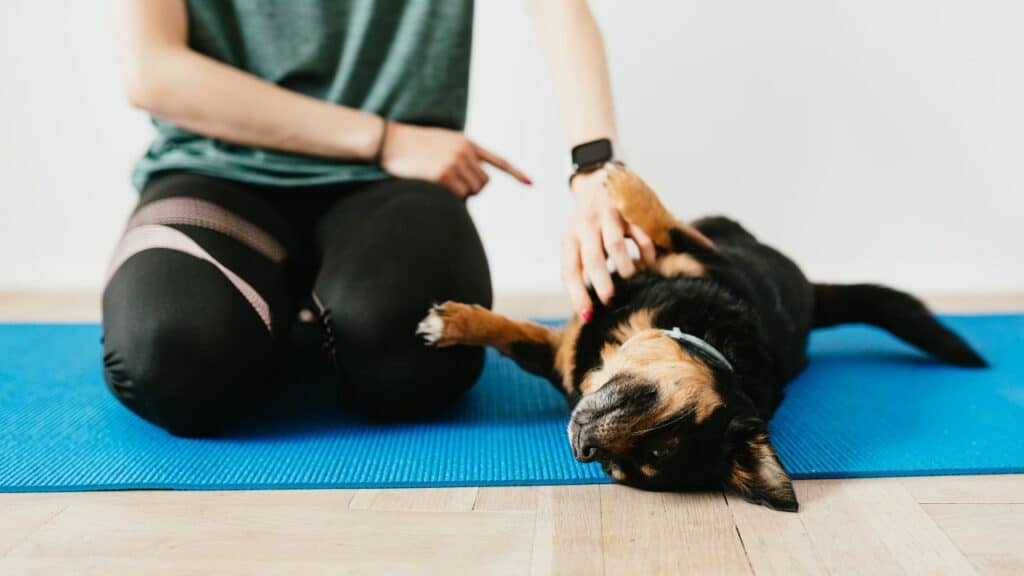
Every milestone in training, be it minor or major, becomes a cause for celebration.
It’s a testament to the hard work, patience and time invested in the process by both you and your dog.
When Daisy successfully executed her first ‘roll over’ command, it felt like a significant victory.
We had worked on this particular trick for weeks, and seeing her finally master it was a moment of pure joy.
These shared achievements, these moments of triumph, create a strong emotional bond that is truly irreplaceable.
Training your dog is much more than teaching them new tricks or commands.
It’s about shared experiences, the joy of mutual learning, and the celebration of achievements that help to strengthen the bond between you and your dog.
Remember, patience, consistency, and positive reinforcement are key to a successful training experience.
With time, you’ll discover that the joy of training is not just in the end results but also in the journey you undertake together.
The Science Behind The Bond
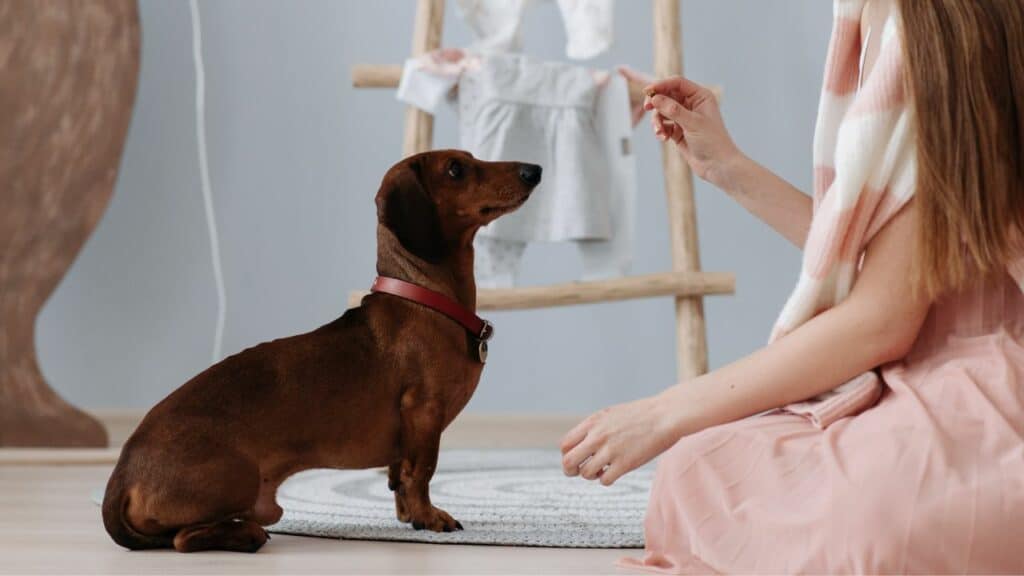
The bond formed during training isn’t just emotional; there’s a significant amount of psychology and biology at play as well.
Let’s delve into the scientific factors that explain why training your dog strengthens your relationship.
The Psychology Of Training And Bonding
Training is a form of communication with your dog.
It involves mutual understanding and trust, which are foundational for a strong bond.
Psychologically, the process of training instills a sense of security in your dog.
They understand what is expected of them and respond accordingly.
This understanding translates into trust, a fundamental factor for a secure bond.
On the other hand, while training your dog, you’re also understanding their behavior, quirks, and learning style.
This information is invaluable in decoding your pet’s needs, emotions, and behavior, which in turn contributes to a stronger bond.
The Role Of Oxytocin In Strengthening Bonds
From a biological perspective, a key player in bonding is oxytocin, often referred to as the ‘love hormone.’
Oxytocin is released during positive social interactions and is associated with feelings of love, trust, and bonding.
It’s the hormone that bonds mothers with their infants, couples in love, and even humans with their pets.
Research has shown that interacting with dogs, including during training, can lead to increased oxytocin levels in both humans and dogs.
When you and your dog train together and celebrate your successes, your brain responds by releasing oxytocin, making you feel happier, more bonded, and more trusting.
Practical Tips To Enhance Bonding Through Training
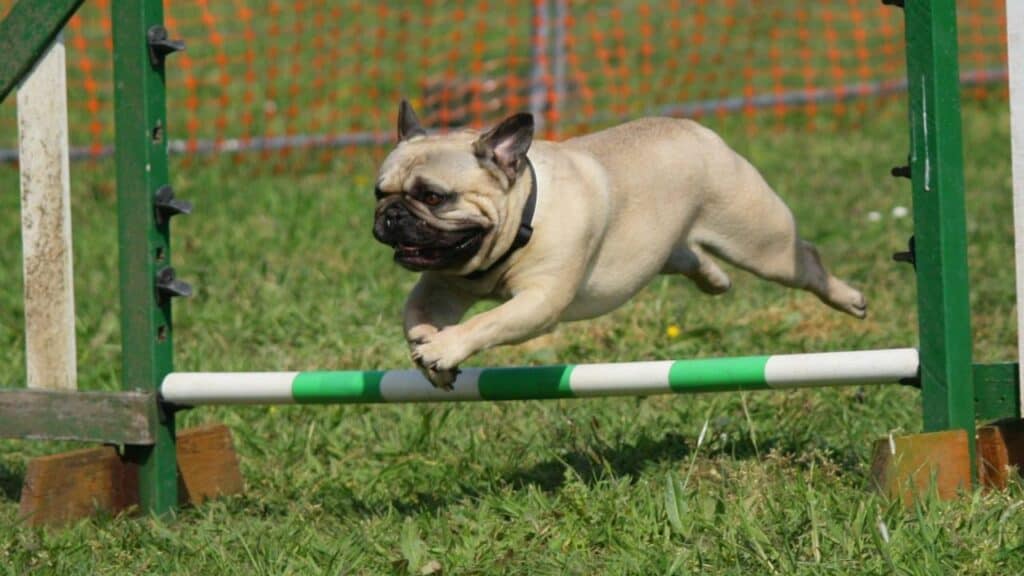
So, how can you maximize this bond through training?
Here are some practical tips:
Consistency And Patience In Training
Consistency and patience are key to any successful training regimen.
Dogs learn through repetition and reinforcement.
Maintaining a regular training schedule allows your dog to understand and adhere to the training more effectively.
My own experience with Daisy further solidifies this point.
Training her to ‘stay’ was a challenge.
However, by being patient and consistent in reinforcing this command, Daisy eventually mastered it.
These weeks of persistent effort not only yielded a well-trained dog but also enhanced our bond significantly.
Positive Reinforcement Techniques
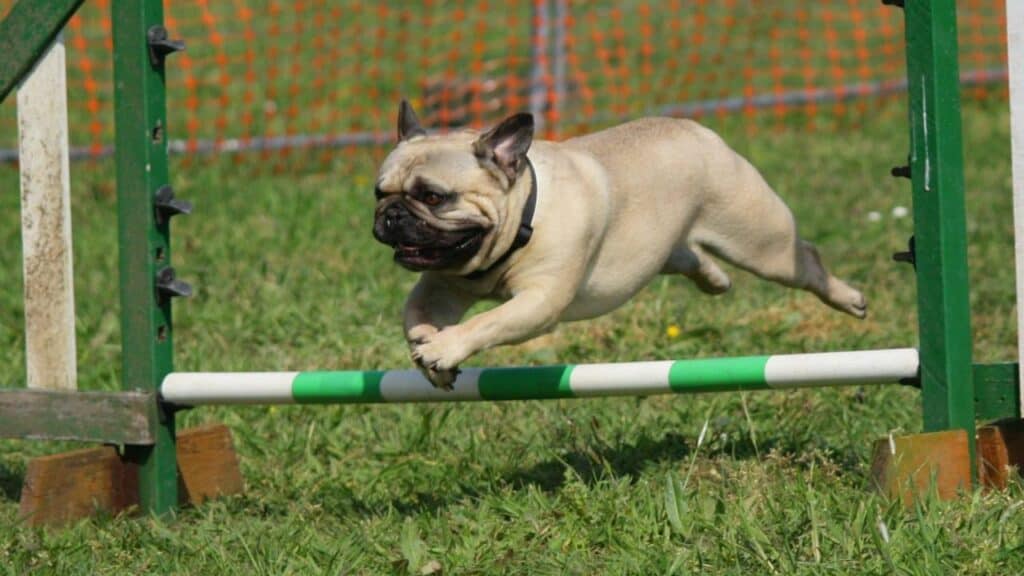
Positive reinforcement is a highly effective method in dog training.
It involves rewarding your dog when they perform the desired behavior, encouraging them to repeat it.
The reward can be treats, praise, or petting, depending on what your dog prefers.
When Daisy learned to ‘fetch,’ we used positive reinforcement, rewarding her with her favorite treat each time she brought the toy back.
This not only made the training process enjoyable for her but also reinforced our bond, as she associated training with positive experiences.
Interactive And Fun Training Methods
Incorporating fun and interactive methods into your training routine can make the process more engaging for your dog.
This can be as simple as turning a training session into a game or using interactive toys.
For example, teaching Daisy the ‘find it’ command became a fun game for us.
I would hide her favorite toy and command her to ‘find it.’
Her excitement about finding the toy and the shared joy of playing the game made our training sessions more fun and strengthened our bond.
Training your dog is a multi-faceted journey.
It’s an opportunity to establish a strong bond built on mutual understanding, trust, and shared joy.
It’s backed by psychological and biological elements that bring you and your furry friend closer together.
So, embark on this journey with patience, consistency, positive reinforcement, and, most importantly, a dash of fun.
You’ll discover that the bond you share with your dog becomes one of the most rewarding aspects of your life.
How To Handle Training Challenges

Training is an immensely rewarding process, but it’s not without its challenges.
Understanding how to navigate these setbacks can be a crucial part of the journey, leading to even greater bonding opportunities.
Dealing With Slow Progress Or Resistance
Just like humans, dogs learn at their own pace.
Some may grasp a new command or trick quickly, while others might take more time.
It’s essential to respect this individual pace and not rush the process.
If your dog is struggling with a particular command, try breaking it down into smaller steps, or try a different approach.
Remember, patience and perseverance are key.
Keeping motivation high can be challenging, especially when progress is slow.
However, staying positive and celebrating the smallest of successes can go a long way in maintaining motivation.
Remember that every little step forward is a step toward your ultimate goal.
Coping With Training-Related Stress And Frustration
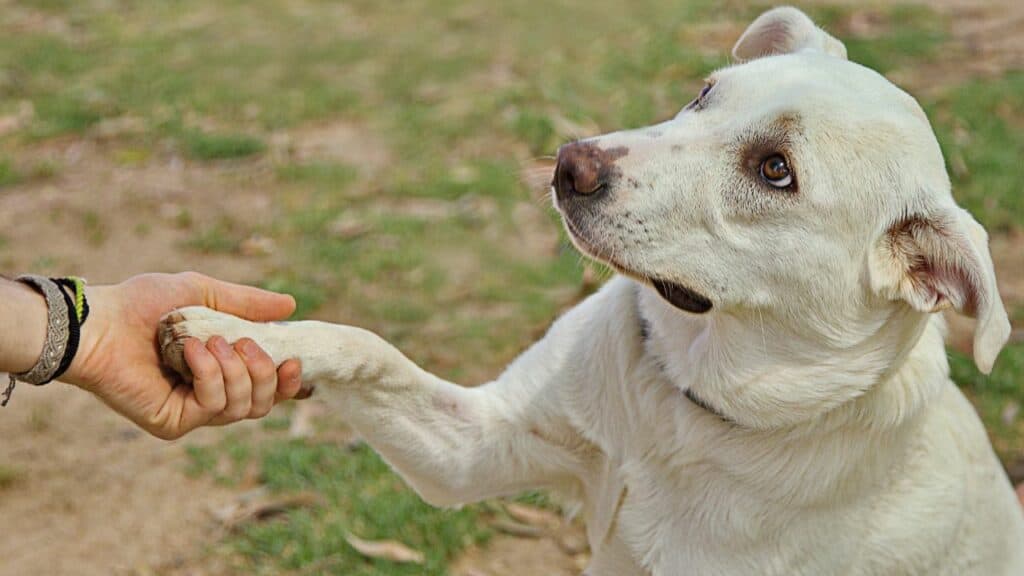
As a pet parent, it’s natural to experience frustration if the training isn’t going as planned.
However, it’s important to manage these feelings, as dogs can pick up on your emotions.
Staying calm, composed, and positive can significantly impact your dog’s training process.
In times of stress or frustration, it may be beneficial to take a break and return to training when you feel more relaxed.
Engaging in activities you both enjoy outside of training can also help to reduce stress and foster positive feelings towards each other.
The joy of training a dog is a unique and special experience that fosters a deep bond between dog and owner.
Teaching your dog new tricks isn’t just a means to make them more obedient; it’s a journey of shared learning and bonding, a source of joy, and a testament to the power of mutual trust and understanding.
The bond formed during training doesn’t just bring immediate joy; it has lifelong benefits.
It promotes better communication, fosters trust, and deepens the emotional connection between you and your dog.
This bond doesn’t end with the training process.
It continues to grow and strengthen throughout the lifetime of your relationship.
So, embrace the challenges, celebrate the successes, and, most importantly, enjoy the process.
The bond you form with your dog through training is one of the most rewarding aspects of pet ownership.
It’s a continuous journey of mutual learning and shared joy, making every step, every trick, and every command worth the effort.
Before You Go…
If you want to learn more, watch the following video.

